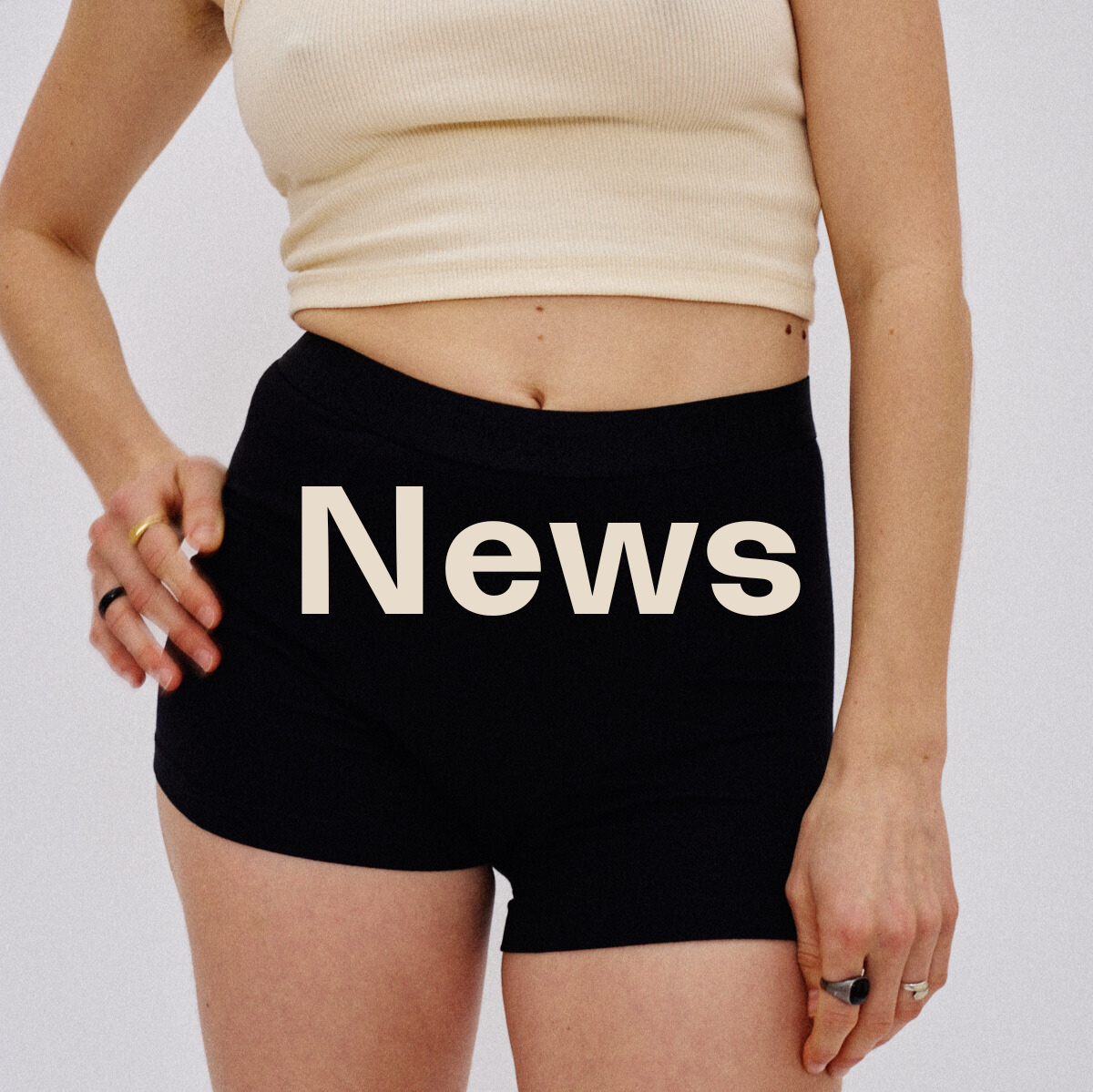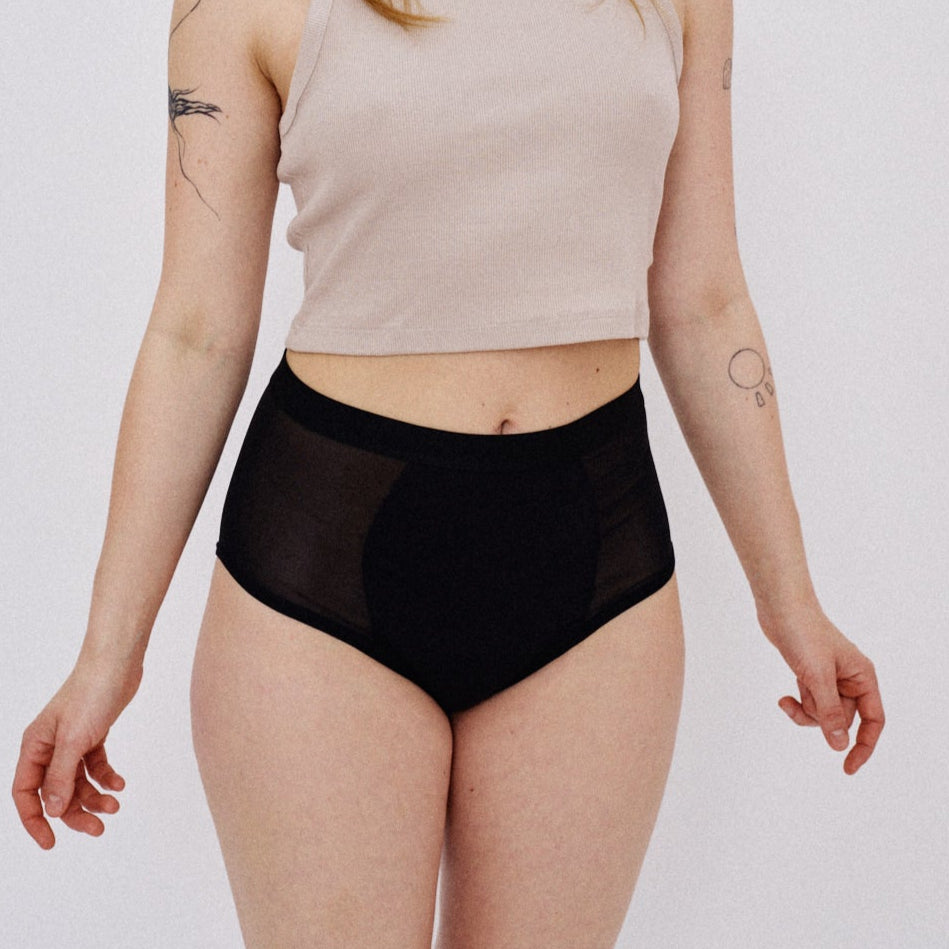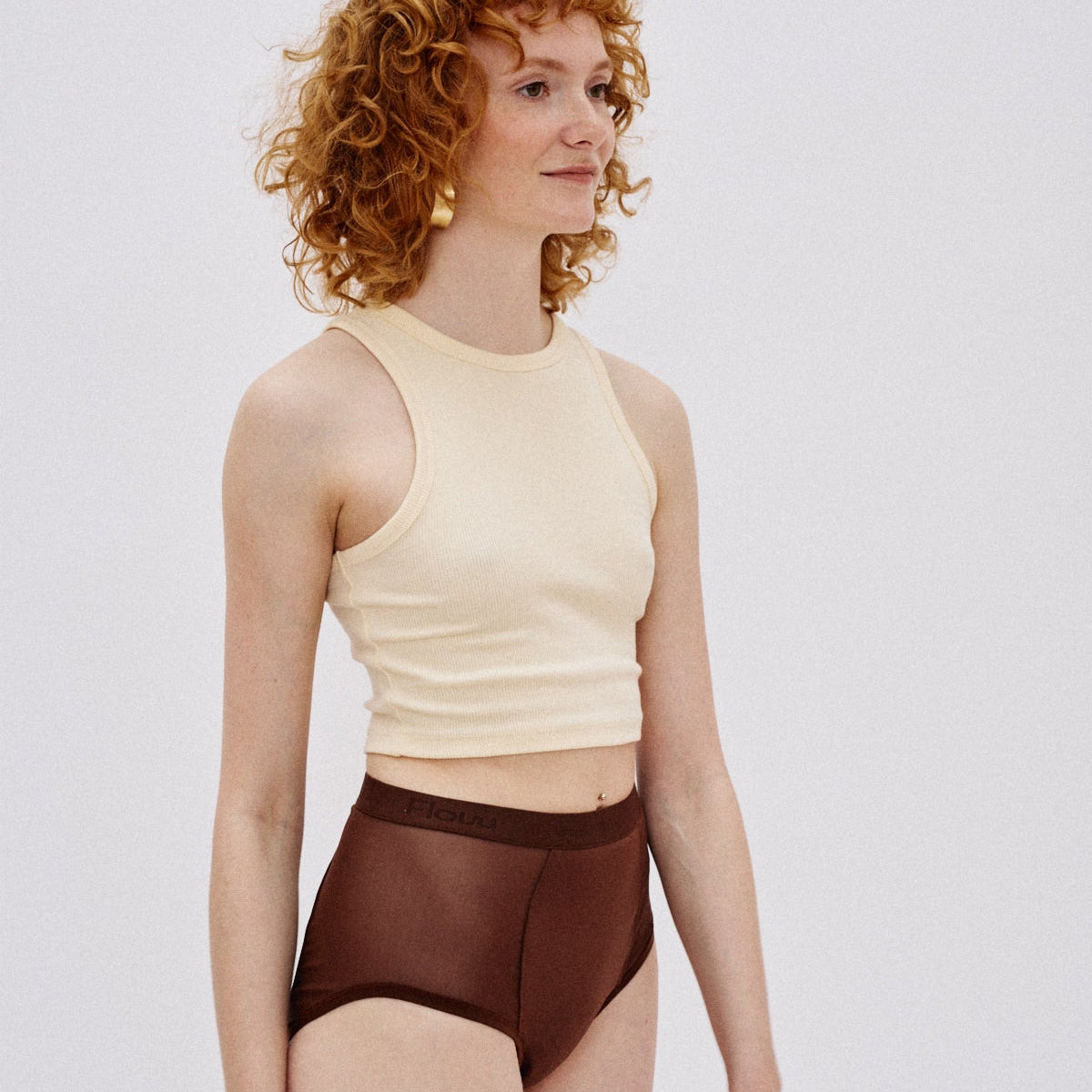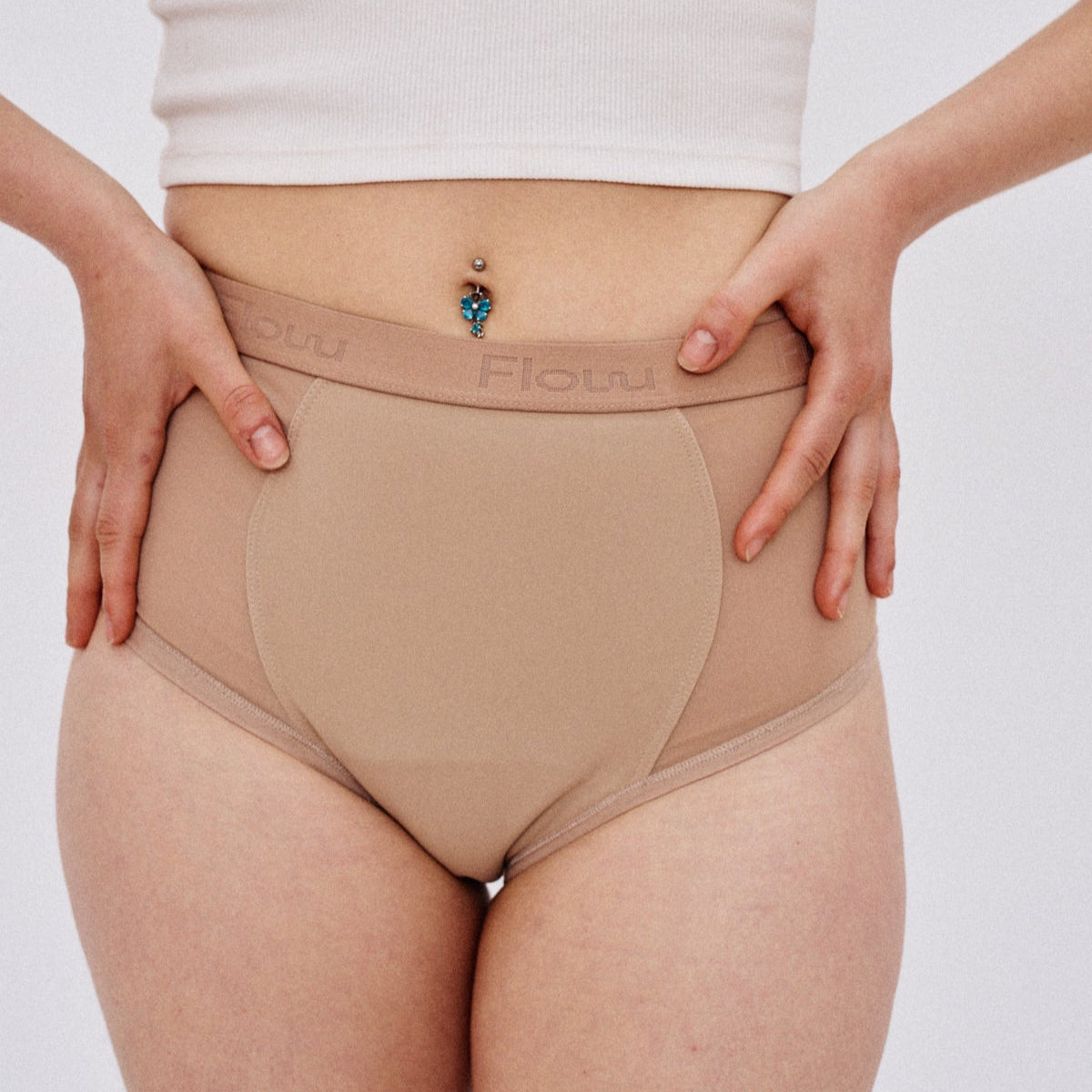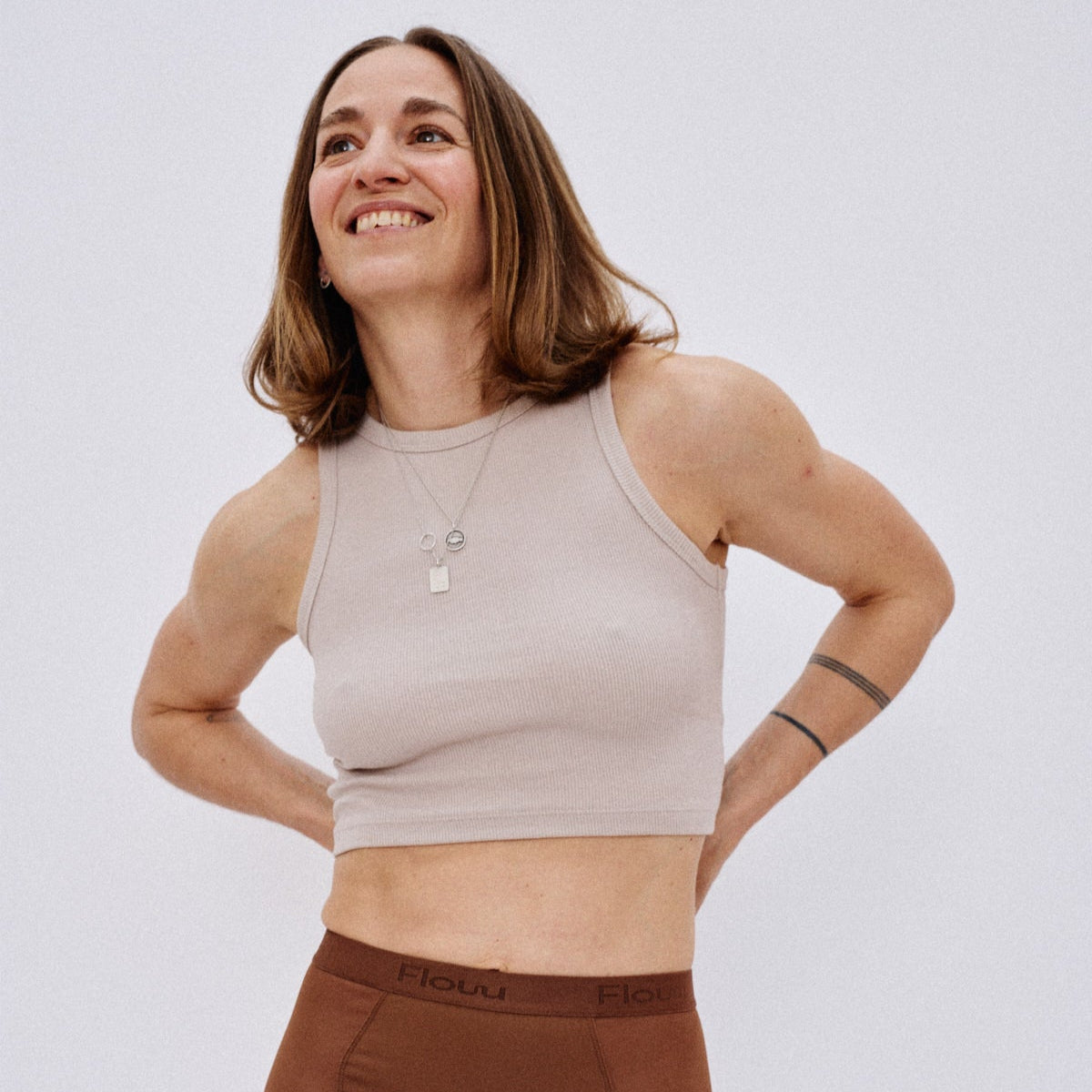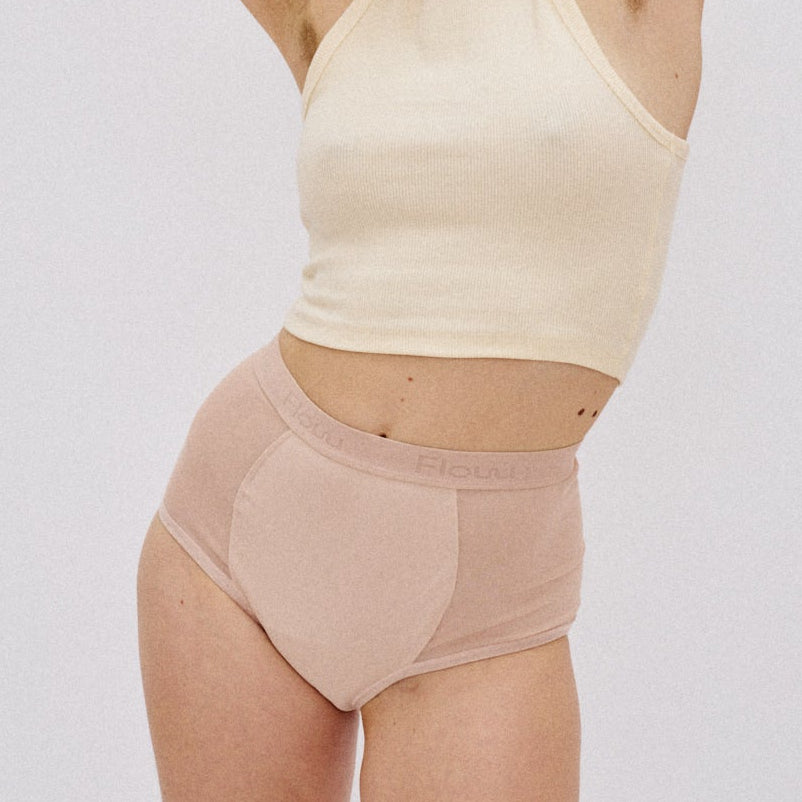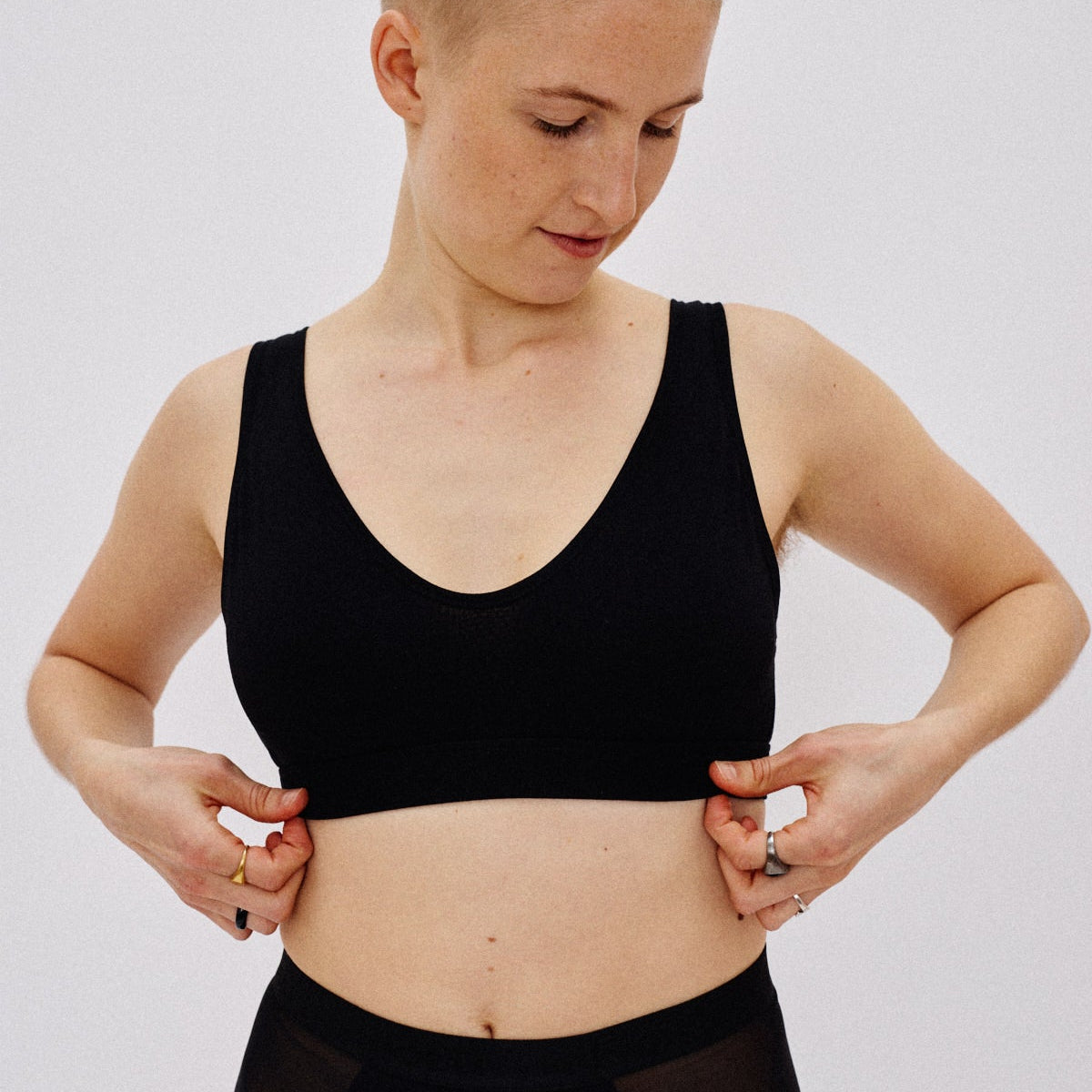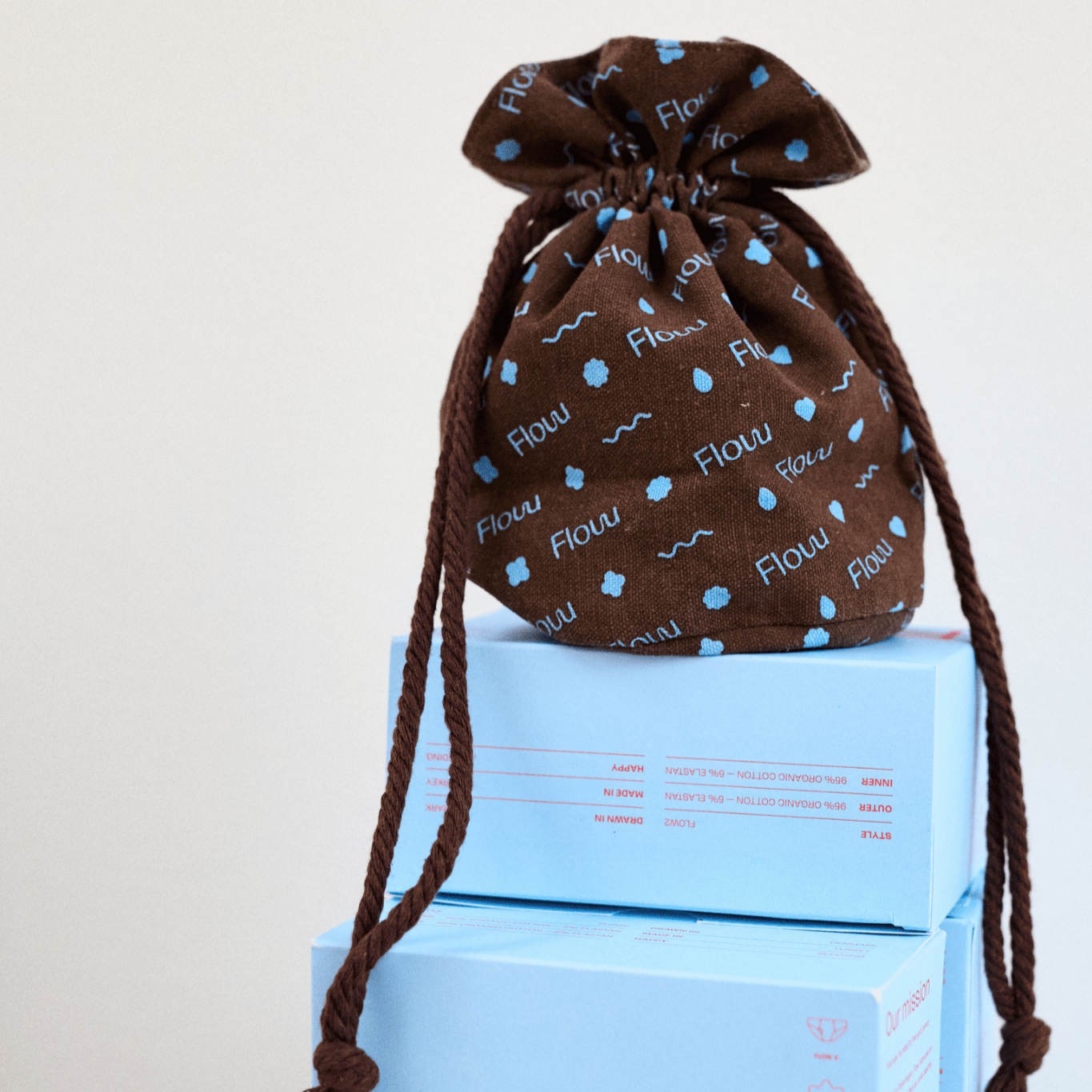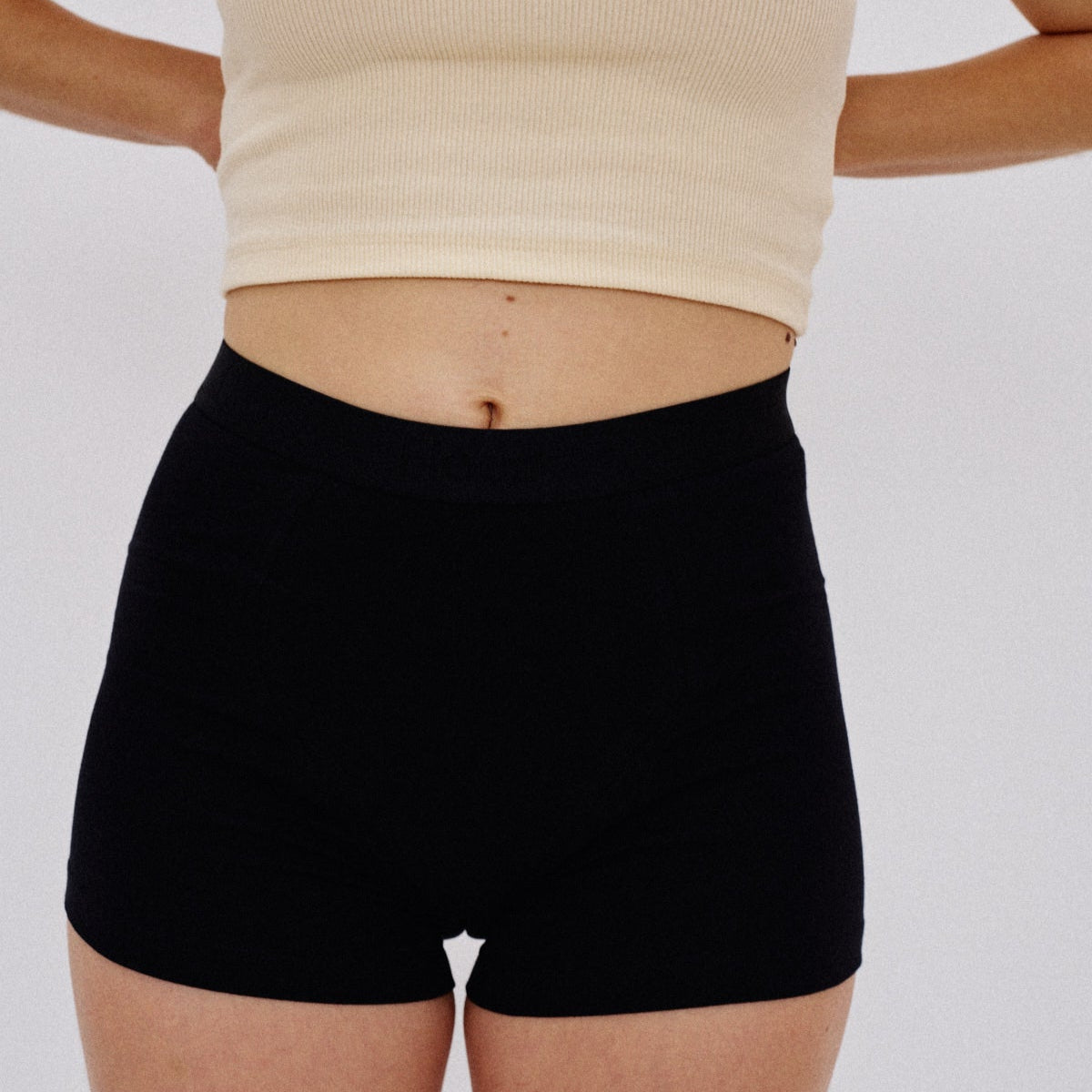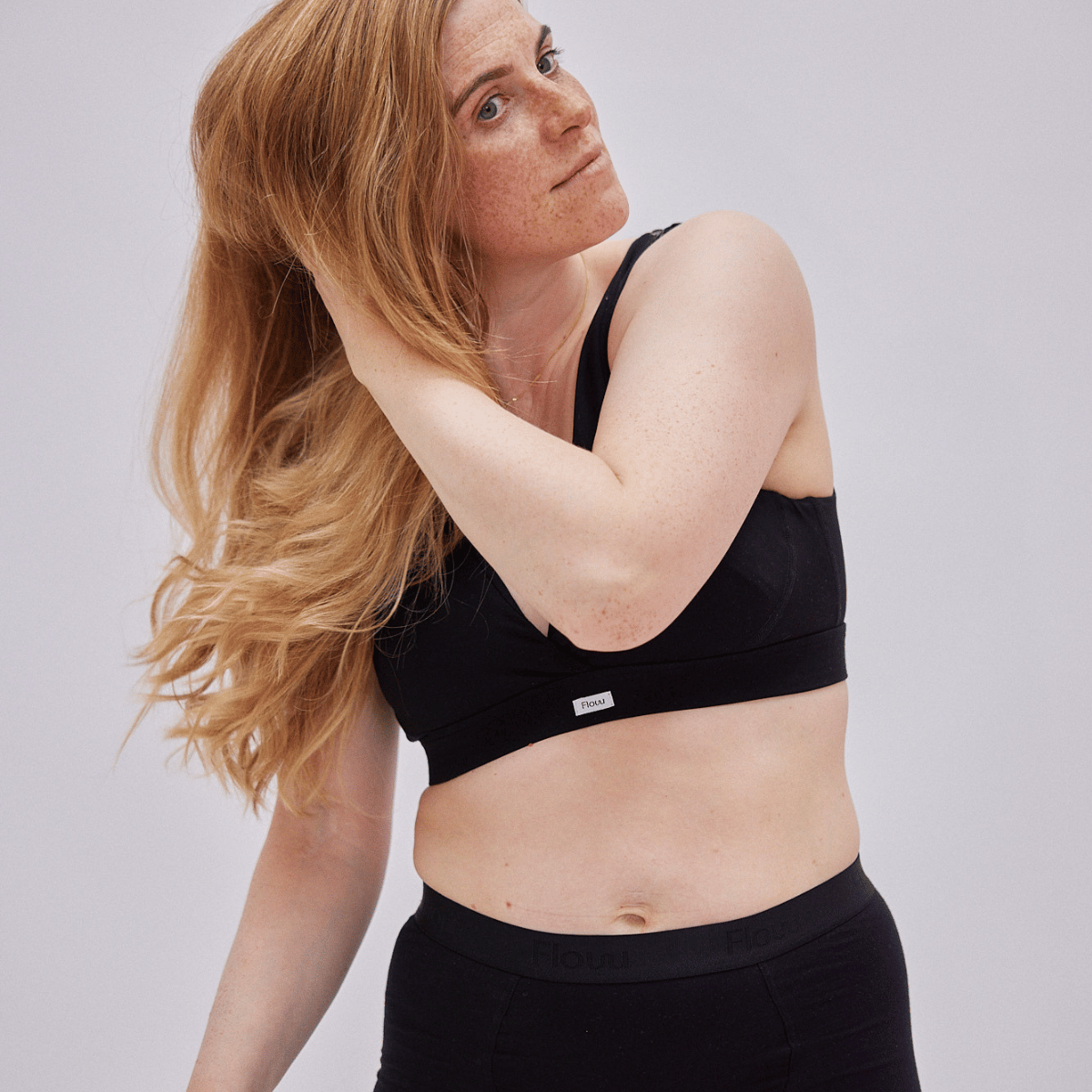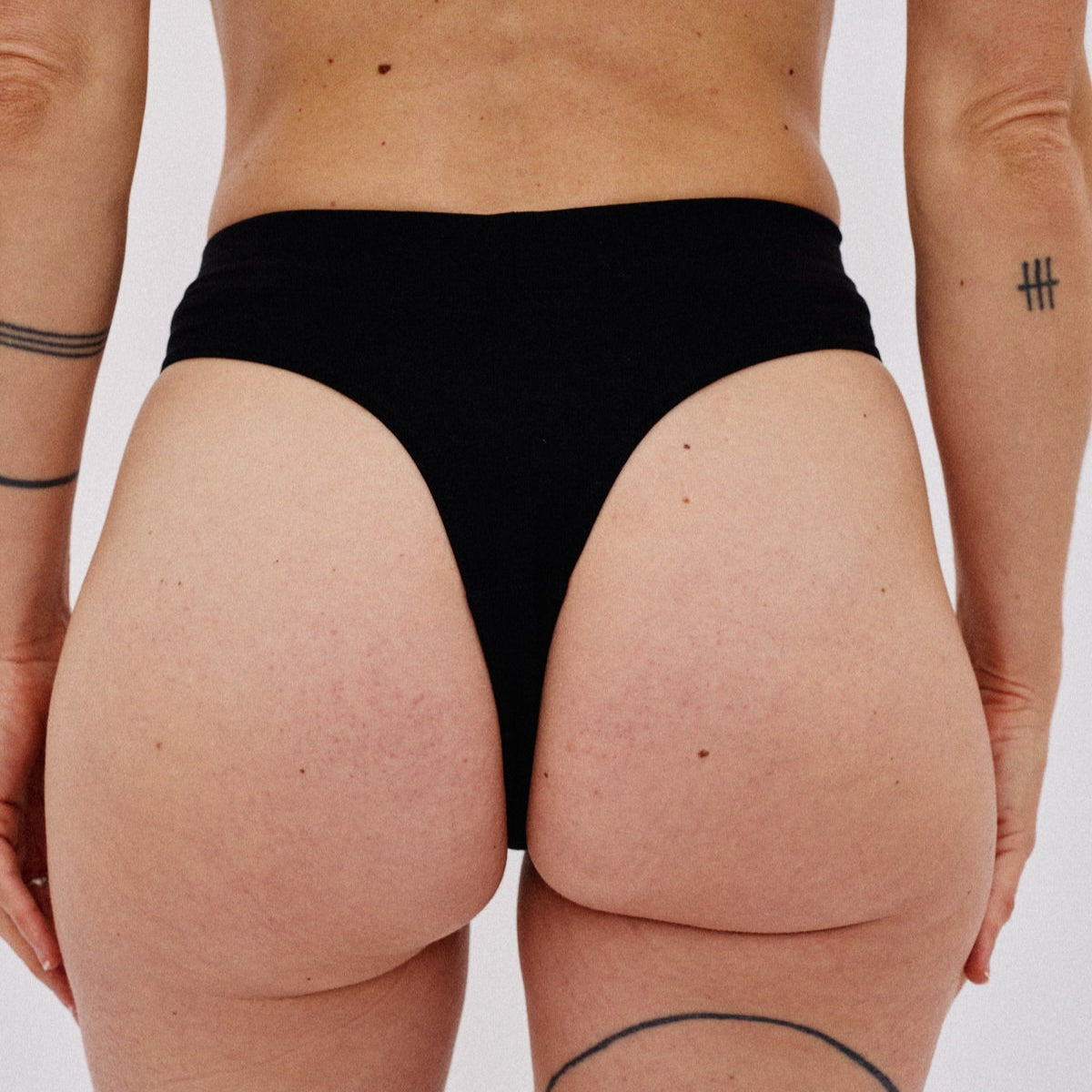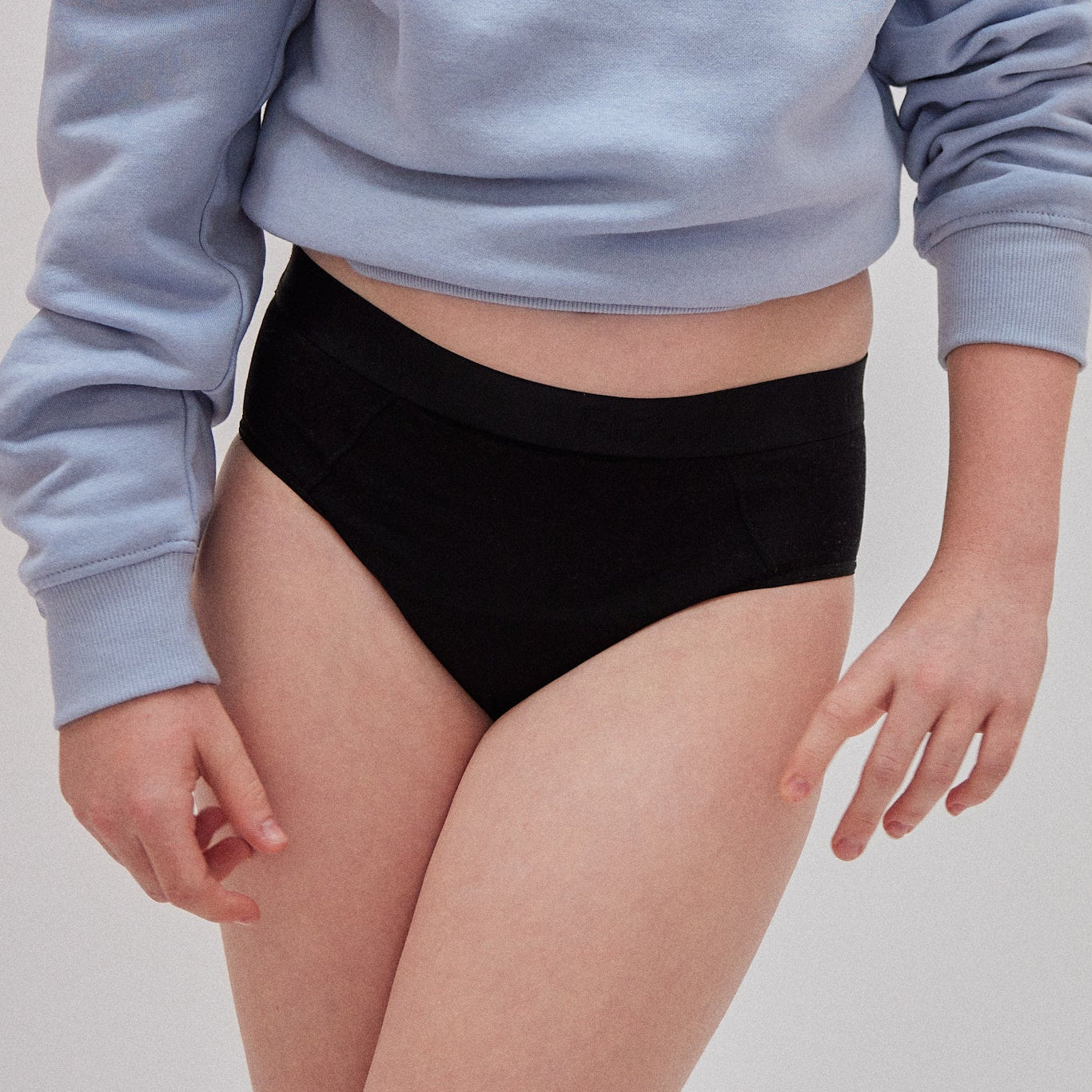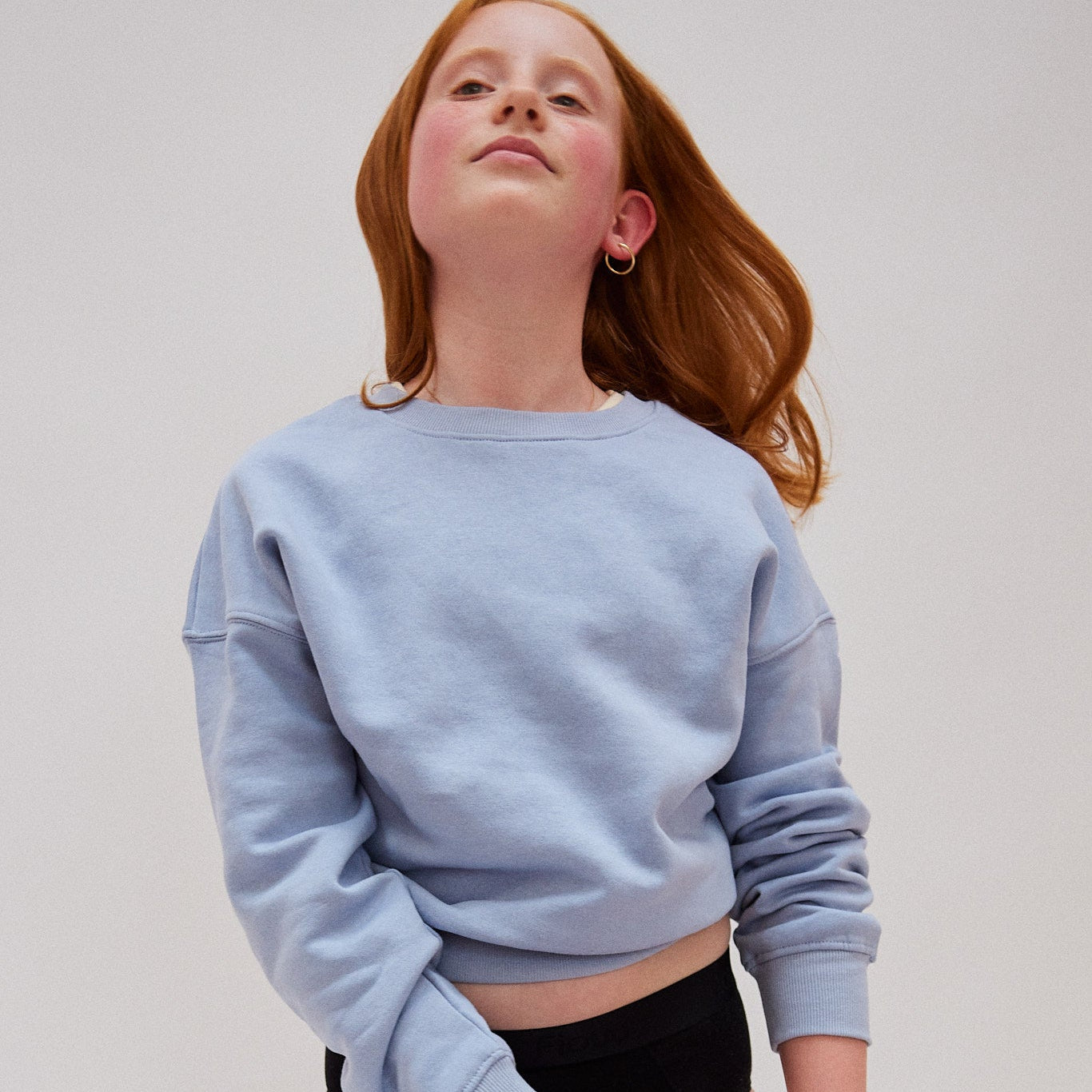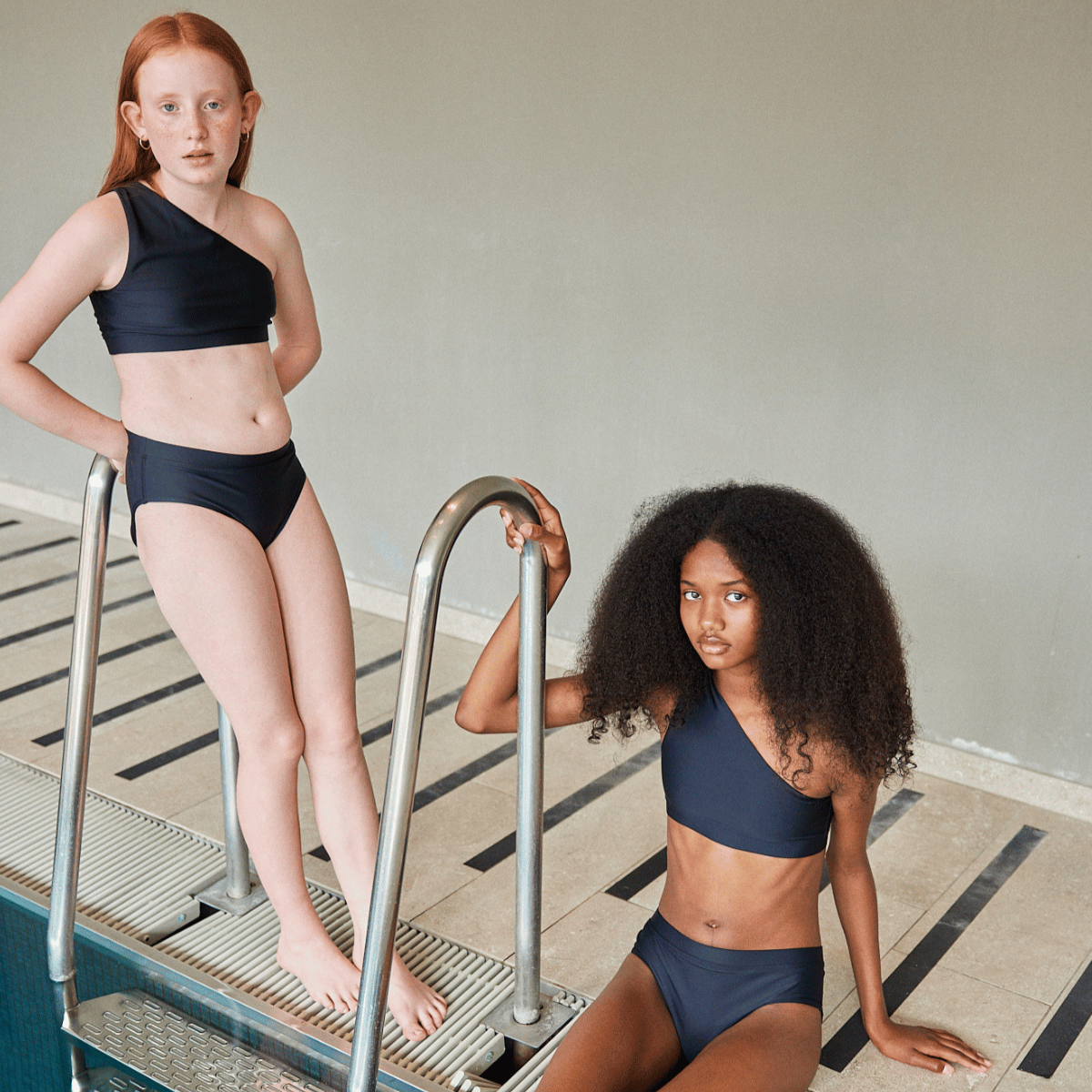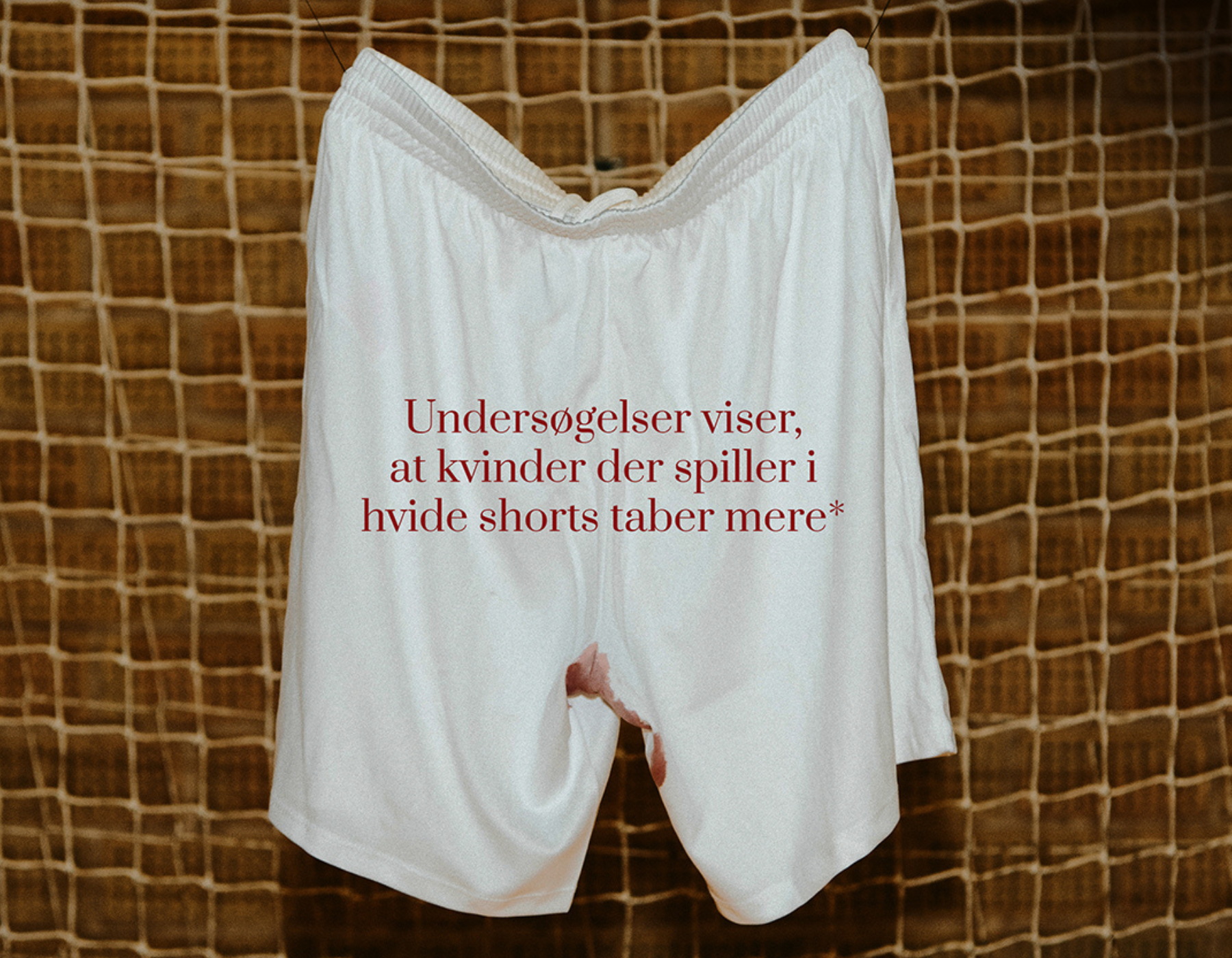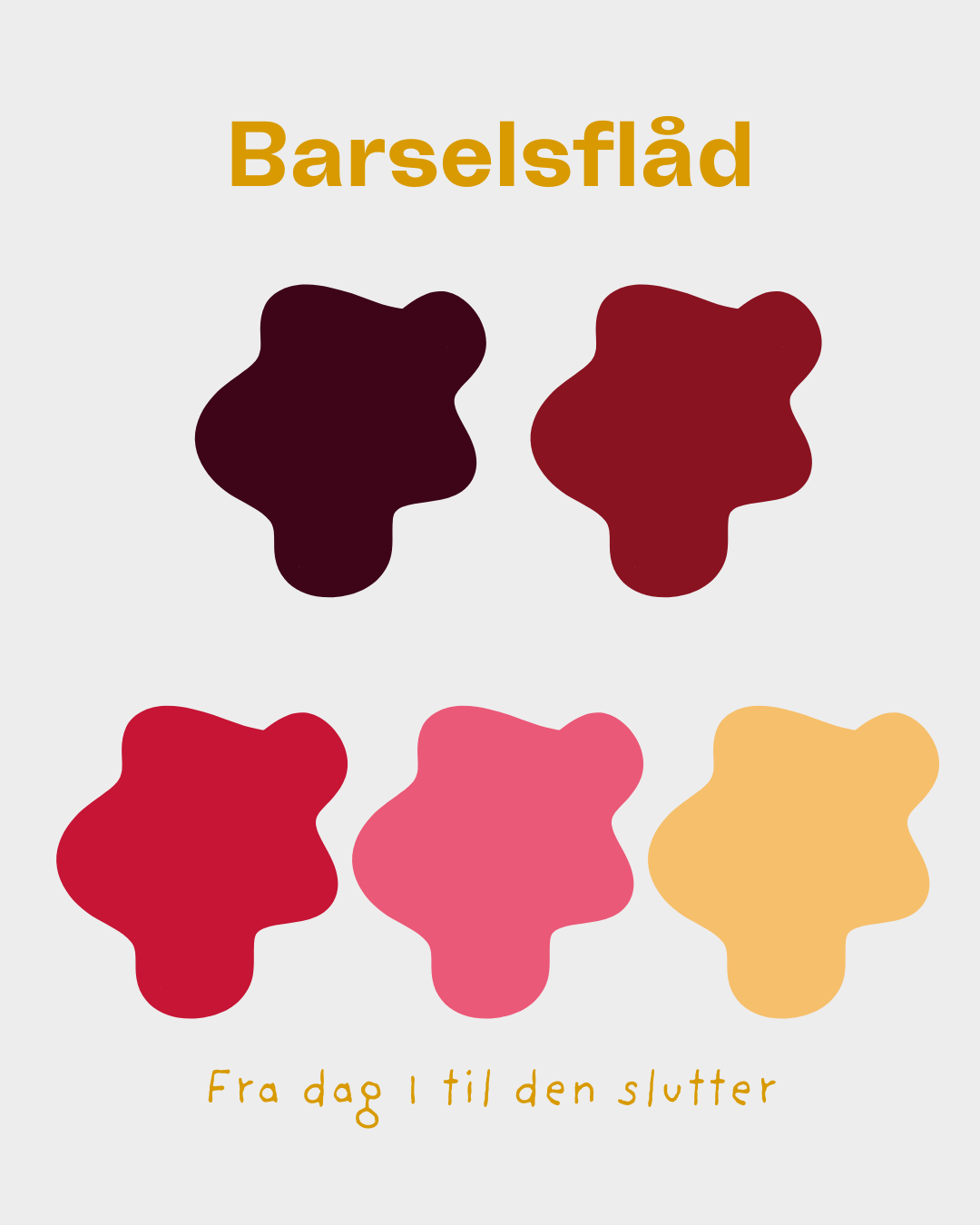Why white shorts are a problem in women's sports - research reveals surprising results
When we talk about equality in sports, it's often about pay, exposure, and access to proper facilities. But sometimes the most significant barriers are hidden in the small things. Like the color of a pair of shorts.
"The little things department," you might think, but for many female athletes, saying no to white shorts isn't just an aesthetic decision — they can be a source of insecurity, stress, and directly impact performance on the field. And the latest research shows that it's not something athletes "just feel." It's measurable.

The research is clear: White shorts give worse results
In a comprehensive Norwegian study from Molde University, which focused on international women's football matches from 2002–2023, the research shows that teams playing in white shorts perform worse on average than teams playing in dark shorts.
The numbers are based on women's teams, and they are striking:
-
Teams in white shorts score an average of 1.27 points per game
-
Teams in dark/non-white shorts score 1.57 points per game
Coincidence? No — the difference isn't just because "worse teams" happen to play in white. The researchers controlled for team strength, opponents, home field, and tournament level. The effect of the white shorts is striking despite that.
The most important explanation?
Period anxiety
— the fear of bleeding through during menstruation.
Although there may be several psychological and social mechanisms at play, the research clearly points to menstrual-related anxiety as a major factor. The effect is not seen in men wearing white shorts. It only affects women.

When you don't feel safe, you can't perform freely.
If you've ever done sports during your period, you know exactly what it's all about:
The constant thought: “Can you see anything?”
That little check of your butt every time you sit down or stand up.
The way your body tenses up a little more because you fear making yourself visible in a way you haven't chosen yourself.
At the elite level, margins are small. A moment of uncertainty, a moment of lost focus can cost a sprint, a tackle, a score — or the entire momentum of the match.
But the effect doesn't stop at the top of the elite.
Up to 50% of young people who menstruate say that their period holds them back from doing sports at least once a month. Worrying about bleeding through light-colored shorts may be one of the reasons.
It's not about “vanity.” It's about safety, dignity, and the opportunity to participate on equal terms with those who don't menstruate.
When the uniform turns menstruation into a barrier
The fact that female athletes are still forced to play in white shorts — often by tradition or outright rules — is an excellent concrete example of how, for many years, we have designed sports without truly including women's bodies in the equation.
We ask our athletes to give it their all, push their bodies to the limit, and compete without hesitation. Take the chances, step up, fight the battles.
But at the same time, they have to worry about whether their shorts reveal that they are menstruating.
That's not fair.
It's not necessary.
And that is certainly not equality.
What happens when we ditch white shorts?
Fortunately, something is (slowly) happening, and the situation around sports + periods is already changing in several places around the world:
-
Women's national football teams, including the Danish one, have changed their shorts colors for menstrual reasons.
-
Several women's football clubs in England, the United States and Australia have permanently abolished white shorts.
-
Major sports brands are now redesigning uniforms to take menstruation and discharge into account.
When athletes speak in the media, the same phrases are repeated over and over:
“I relax more in dark shorts.”
“I feel freer.”
"I can focus on the match."
The mental relief in itself is a game changer - it can even mean something for the teams' ranking.

It's about more than shorts
The elimination of white shorts in sports is a small step that can have a big impact on women in sports. It is an important signal to send that women's experiences are taken seriously.
About us understanding that menstruation is a natural part of everyday life — even for professional athletes, and even though it is invisible to most, it takes up a lot of space for the individual. A cycle doesn't stop for a single match.
And on the really big blade:
White shorts are a small symbol of a large structural blindness:
That sports are still built according to a masculine norm.
It's not a big, complicated solution that's needed. Just a simple one: Change the color of your shorts.
The effect is greater than you think. It reaches into women's self-confidence, participation, performance and relationship with their own bodies. We show that sport is also for women, and we create a framework based on security, strength and respect.
Let women play freely — without fear of bleeding through
White shorts may look elegant. Maybe it's even smart to have contrasting colors on TV. But when they affect performance, well-being and participation, it's not just a color — it's a barrier.
If we truly believe that women should have equal opportunities in sports, white shorts should be a thing of the past. This also applies to sports such as equestrian sports, martial arts, fencing, tennis (and we haven't even started talking about uniform requirements in certain professions such as nurses, doctors, midwives, laboratory technicians and chefs).
When women are allowed to play freely, without fear of bleeding, they don't just play better — they play stronger. They play with their bodies instead of against them.
It's good sportsmanship. And it's common sense.
Source: Research article from Molde University, BMC Women's Heath, Federation University
